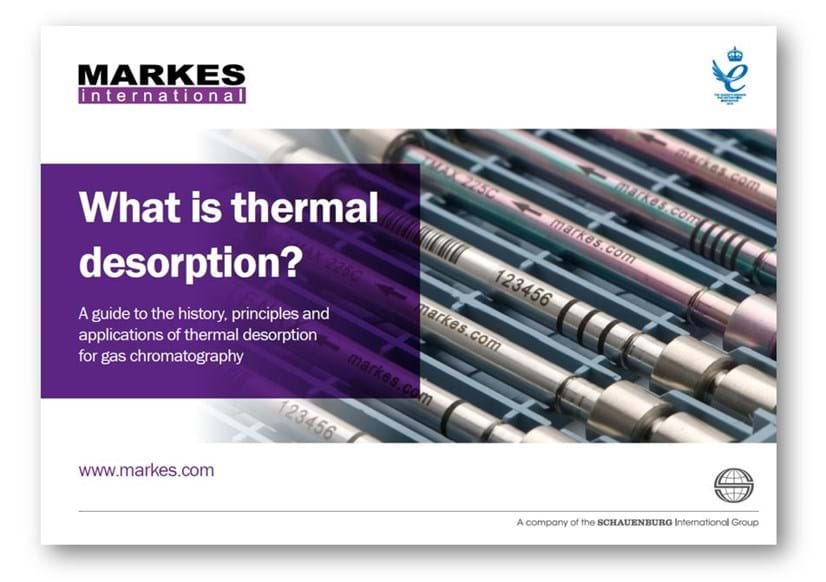Thermal desorption instrumentation
World-leading thermal desorption instruments for GC | Tubes, canisters and online
DetailsSorbent tube analysis
There are two types of sampling with sorbent tubes – pumped and passive. Using pumped sampling, air is pulled through a sorbent tube using a pump. Single-bed or multi-bed tubes can be used. A constant flow of gas into the vessel aids release of analytes onto a sorbent tube. Typical analytes monitored by this method are in the range C3 to C44. Sampling is quick (minutes to hours) and a wide range can be monitored in one run. The technique is ideal for all types of ambient air monitoring. With passive sampling, analytes migrate across an air gap onto a bed of sorbent. Here, only single-bed tubes can be used. Typical analytes monitored are also in the range C3 to C44. Passive sampling is easy to deploy but is relatively slow. The technique is commonly used for factory fenceline monitoring and personal monitoring.
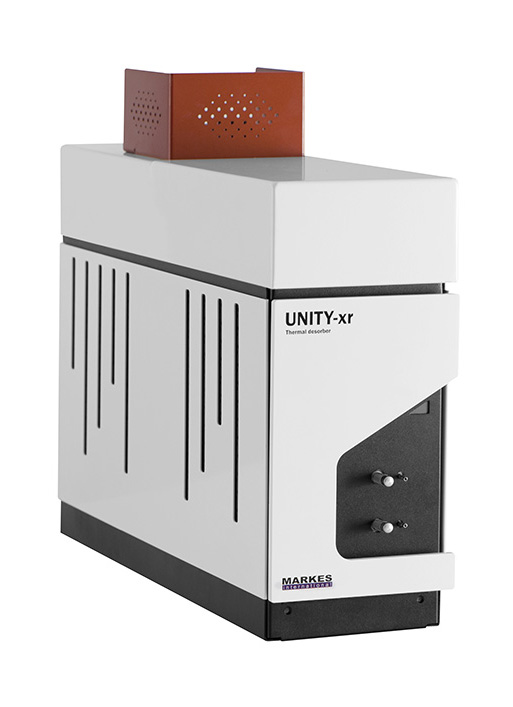
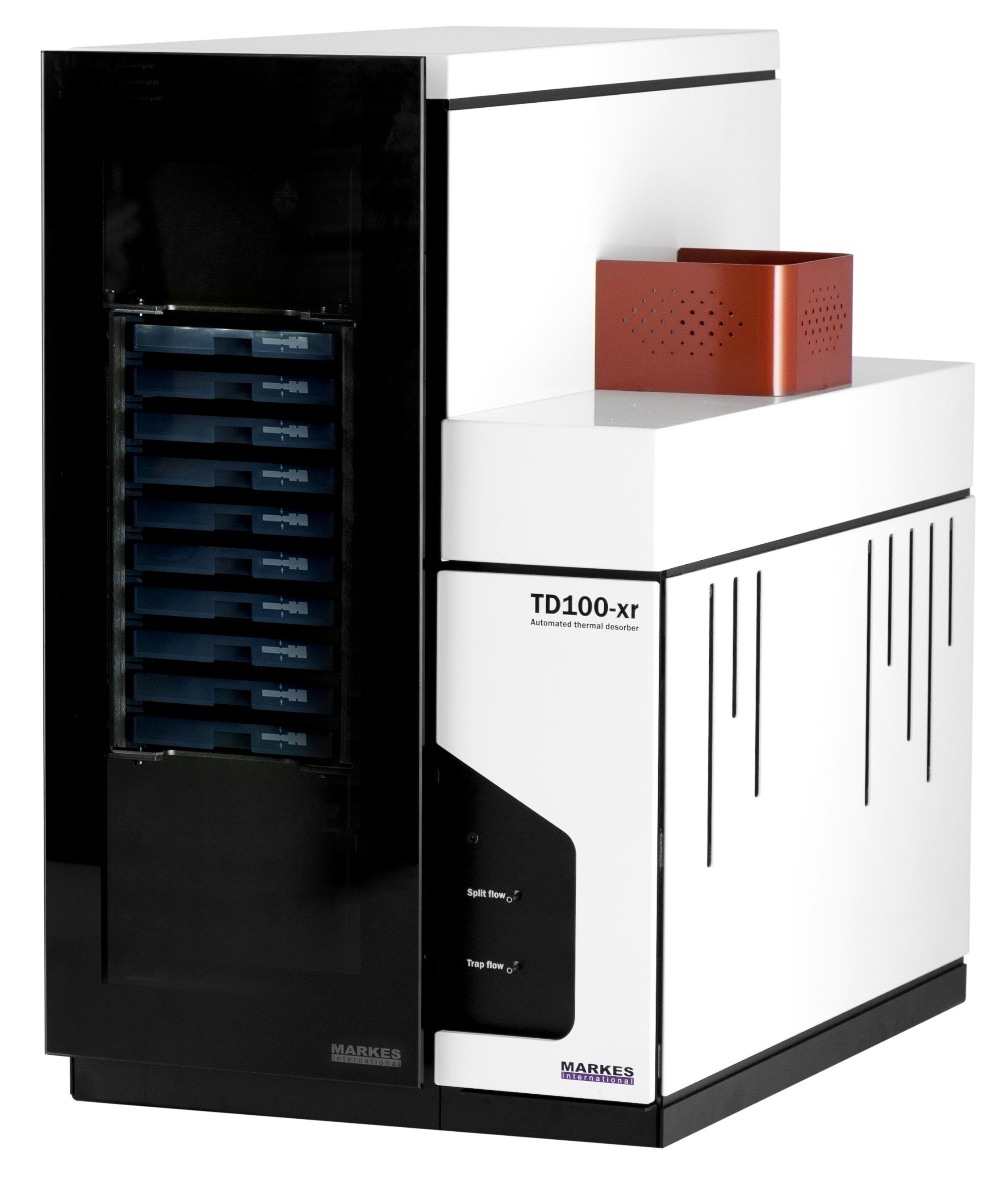
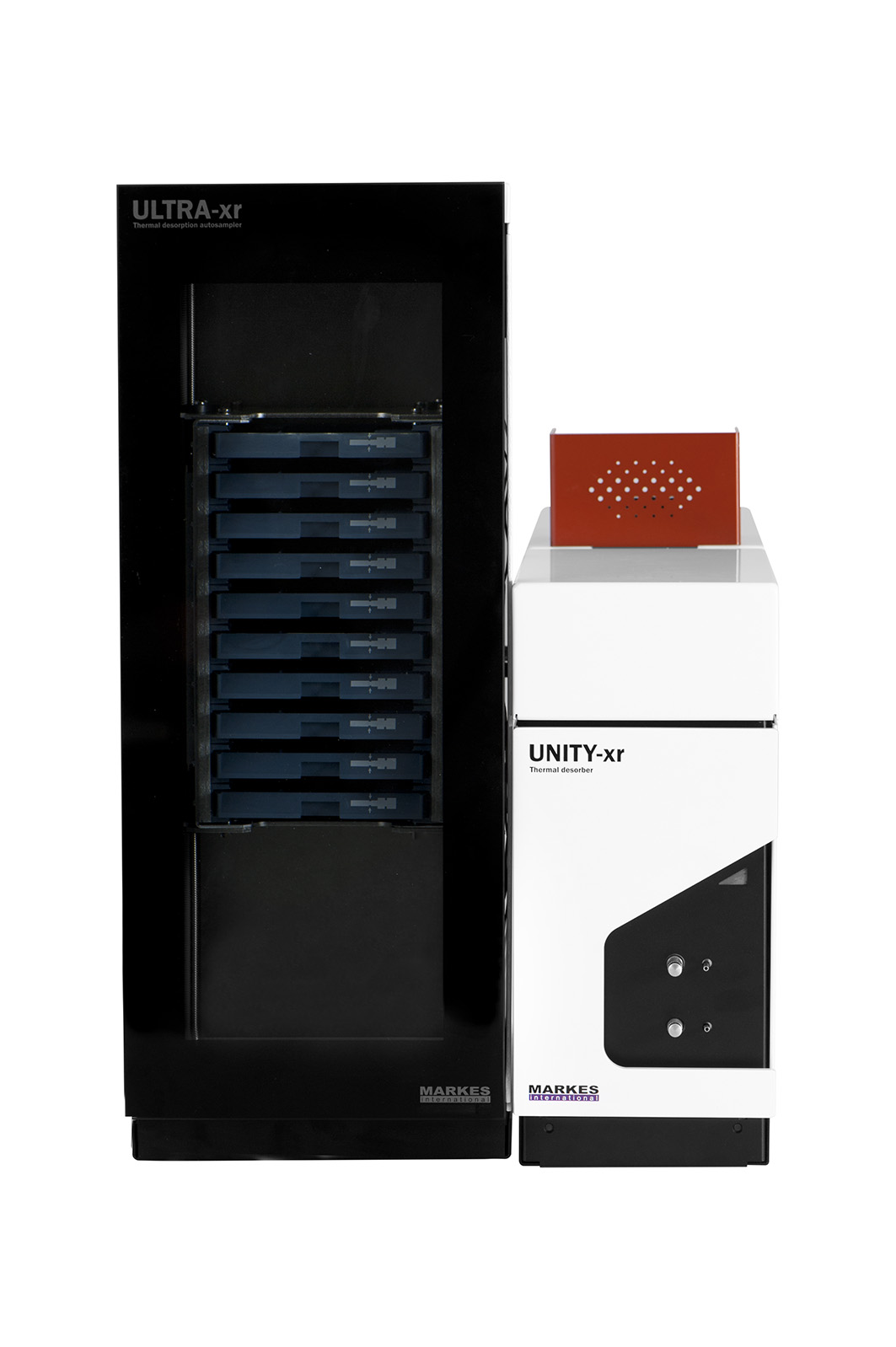

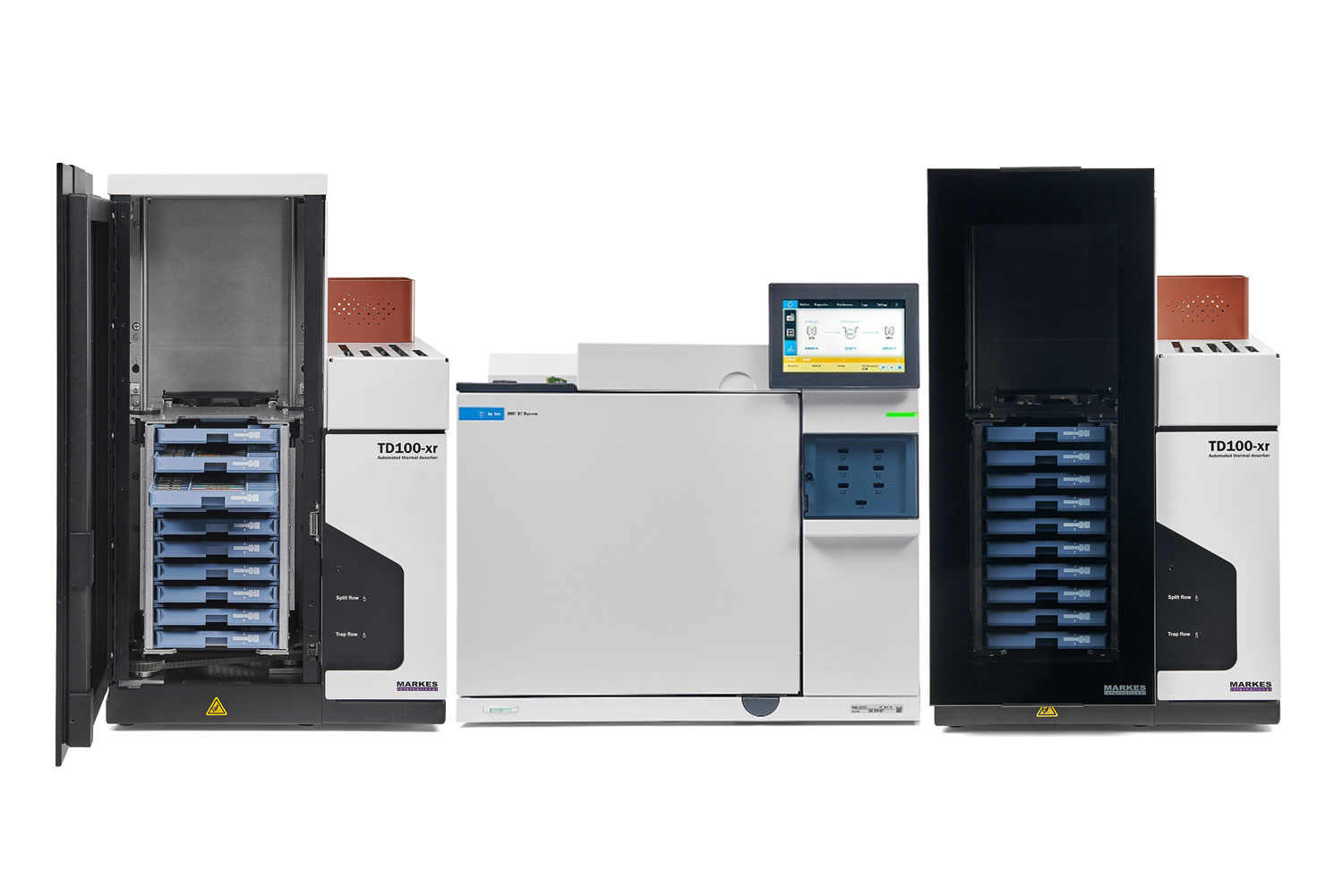

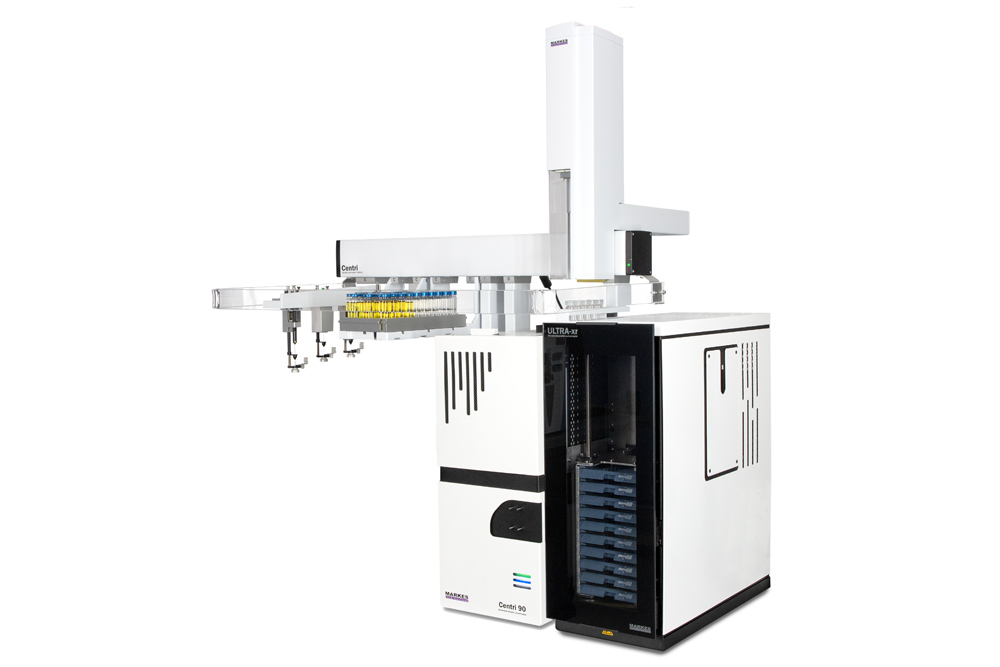
Centri 180
Versatile platform for high-sensitivity routine analysis using headspace-, SPME-, TD and HiSorb-based workflows
Find out more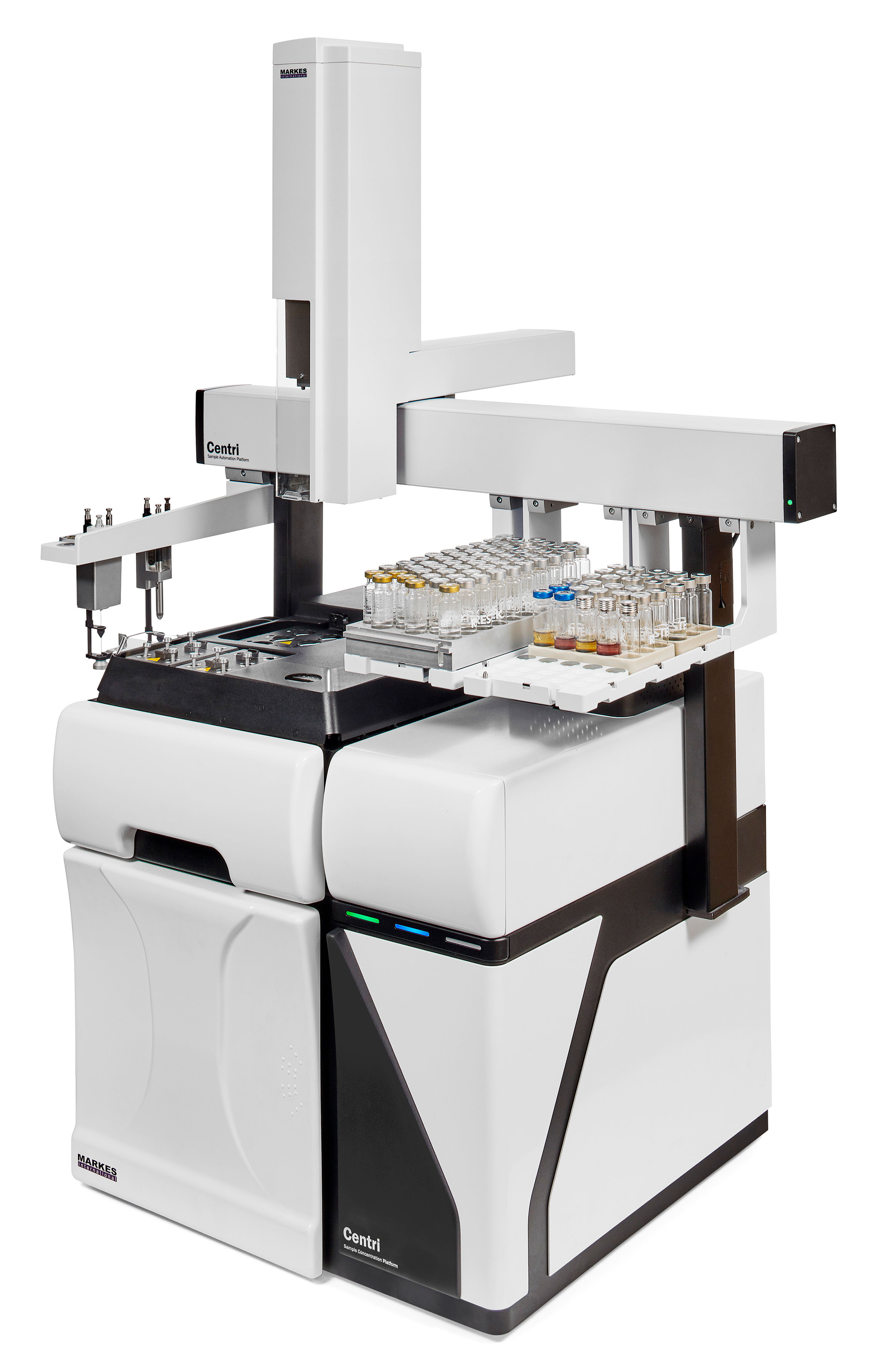
Centri 360
The ultimate multi-mode sample automation and concentration platform for GC–MS
Find out moreOn-line sampling & analysis
During on-line sampling, air is pulled directly into a sorbent-packed focusing trap. Typical analytes monitored by this method are freons and C2 hydrocarbons up to C14. On-line sampling is ideal for ultra-volatiles and is commonly used for continuous monitoring for source apportionment, rapid detection of hazardous compounds and atmospheric research.
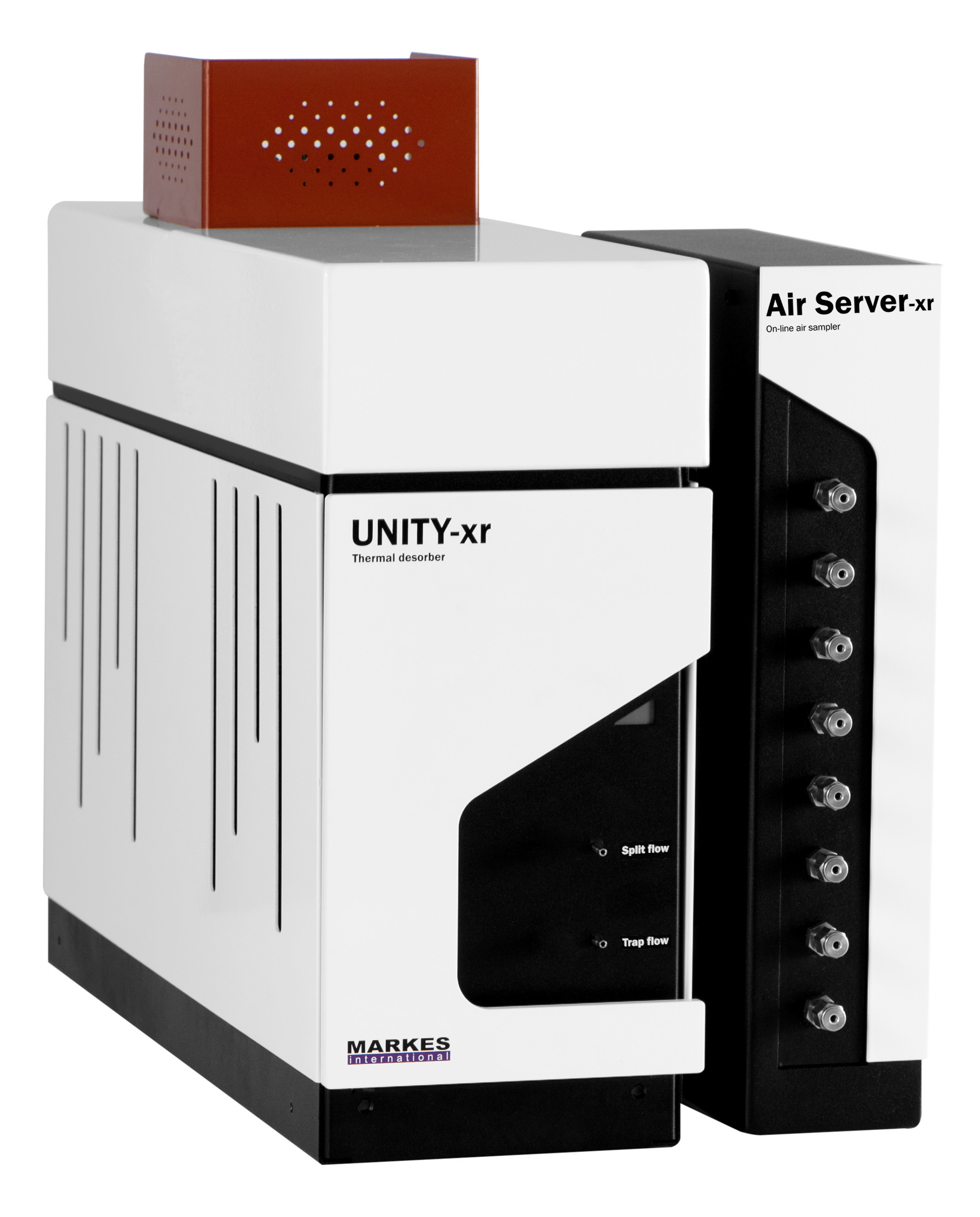
UNITY–Air Server-xr
Cryogen-free automated thermal desorption system for unattended on-line air monitoring
Find out more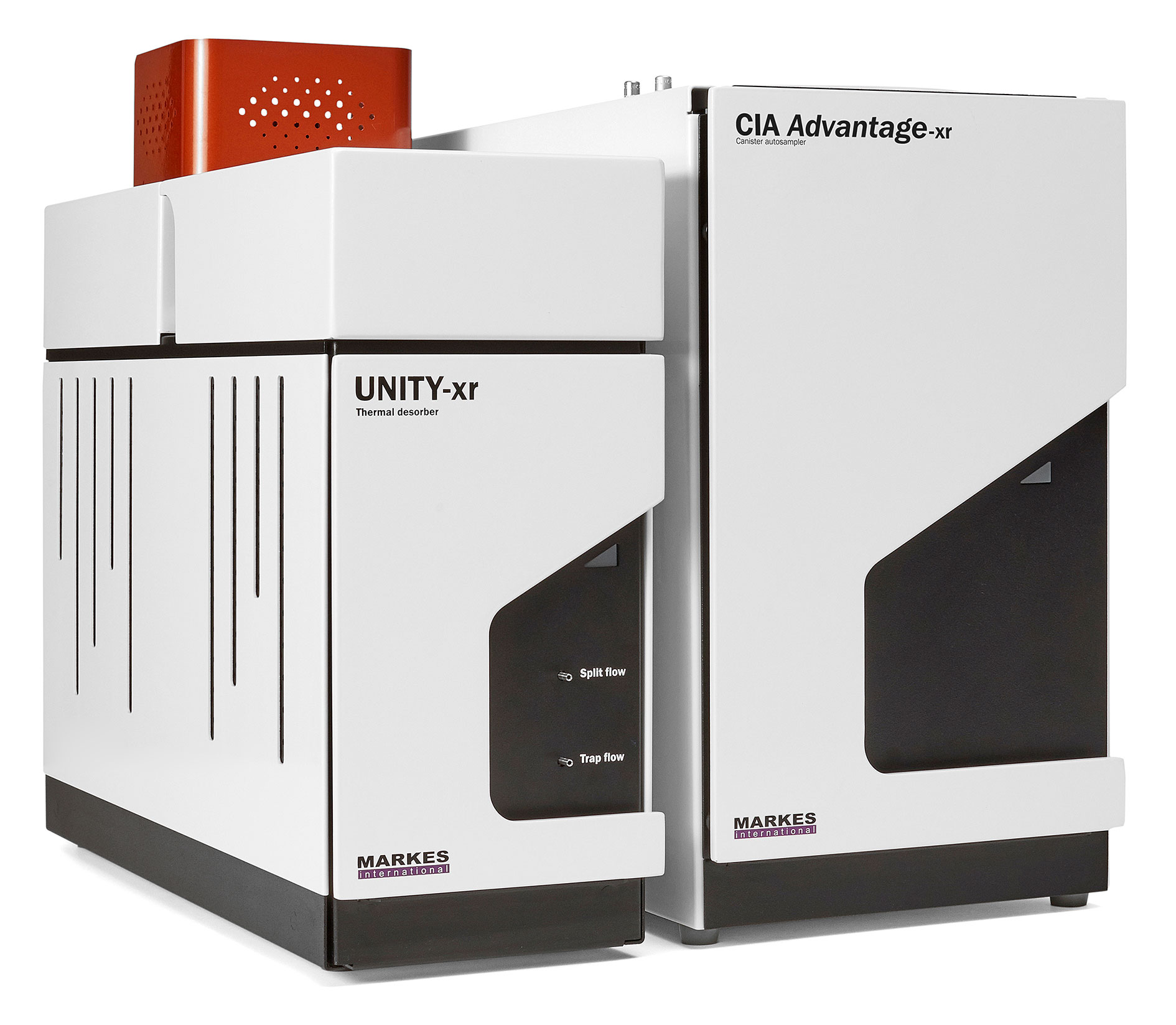
UNITY–CIA Advantage-xr
Cryogen-free, automated canister and whole air preconcentration system
Find out more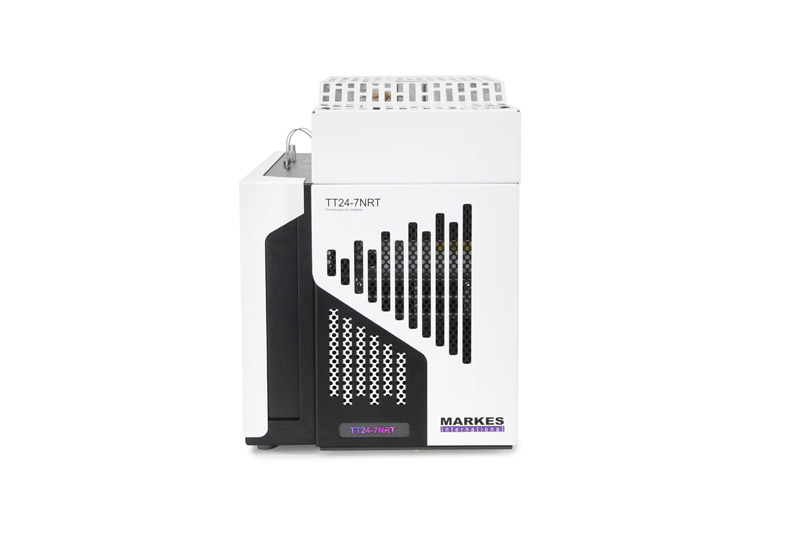
TT24-7NRT
Advanced near-real-time instrument for uninterrupted monitoring of air-borne chemical warfare agents & toxic industrial chemicals
Find out more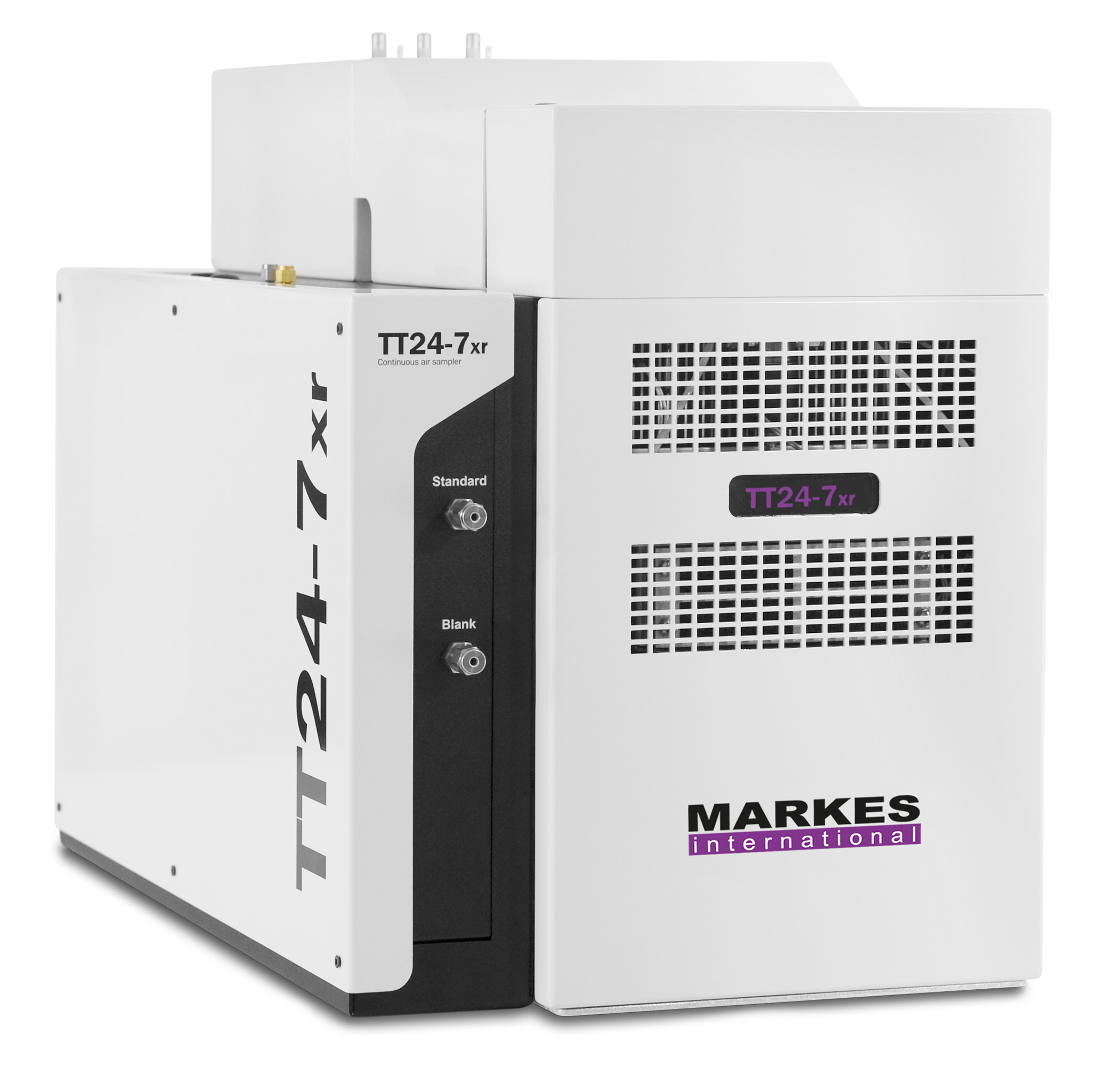
TT24-7xr
Continuous on-line thermal desorber for environmental monitoring of trace‑level organic vapours
Find out more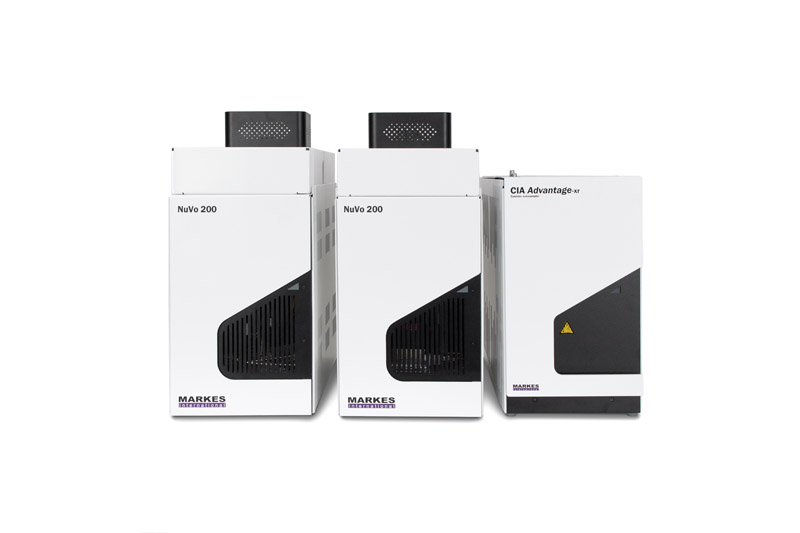
NuVo 200
Cryogen-free, automated canister and whole-air preconcentration system for monitoring of ODS & GHGs in urban and industrial areas
Find out more
Medusa
The ultimate preconcentration system for cryogen-free, automated background monitoring of ODS & GHGs
Find out moreCanister & bag sampling & analysis
With canister and bag sampling, air flows at a controlled rate into an evacuated canister or bag. The air sample is then transferred to a sorbent-packed focusing trap. Typical analytes monitored are freons and C2 hydrocarbons up to C10. Canister and bag sampling are ideal for ultra-volatiles and are commonly used for ambient air monitoring for volatile ‘air toxics’ and atmospheric research.

UNITY–CIA Advantage-xr
Cryogen-free, automated canister and whole air preconcentration system
Find out more
NuVo 200
Cryogen-free, automated canister and whole-air preconcentration system for monitoring of ODS & GHGs in urban and industrial areas
Find out more
Medusa
The ultimate preconcentration system for cryogen-free, automated background monitoring of ODS & GHGs
Find out moreAccessories
Accessories to enhance your thermal desorption instruments and sampling.
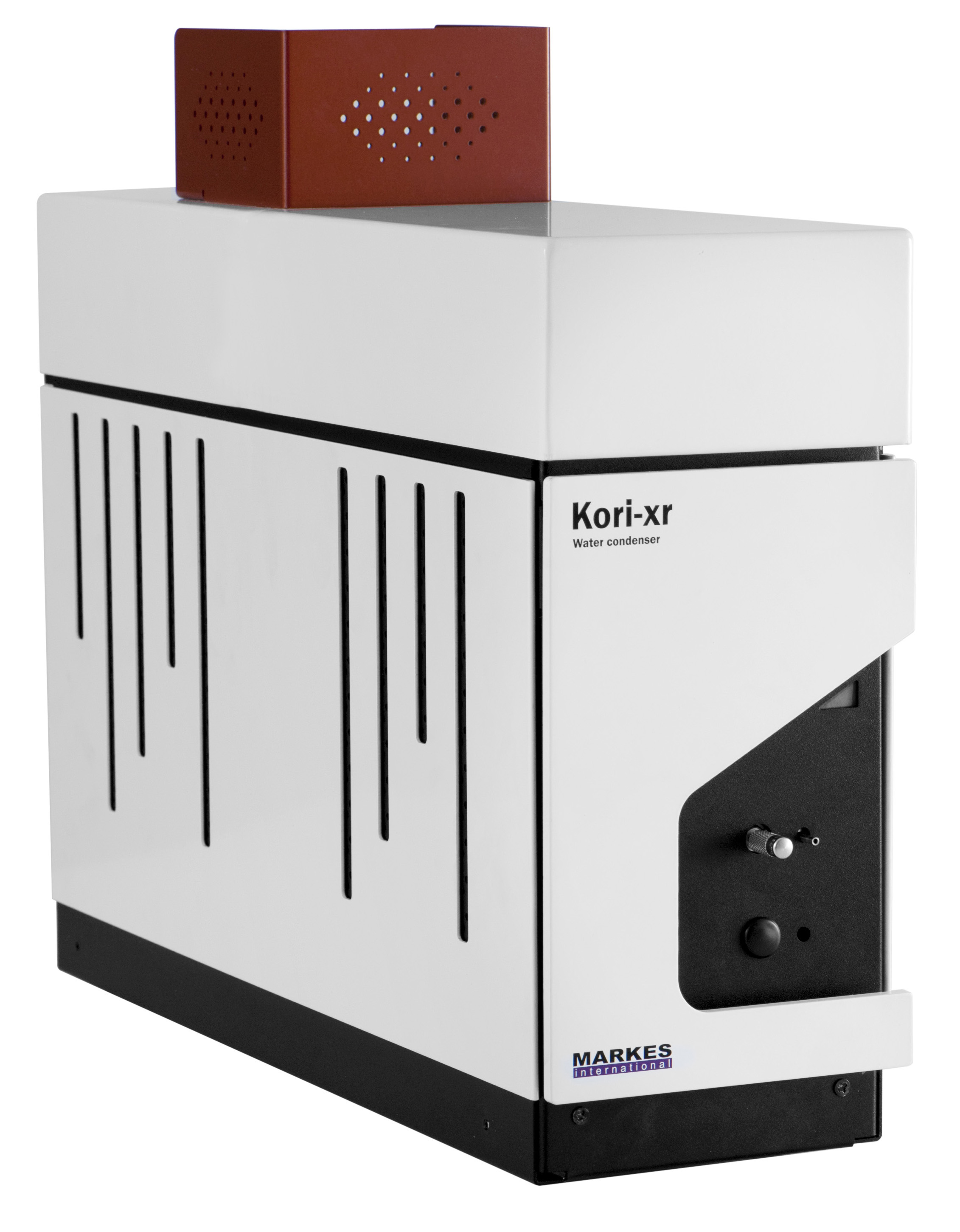
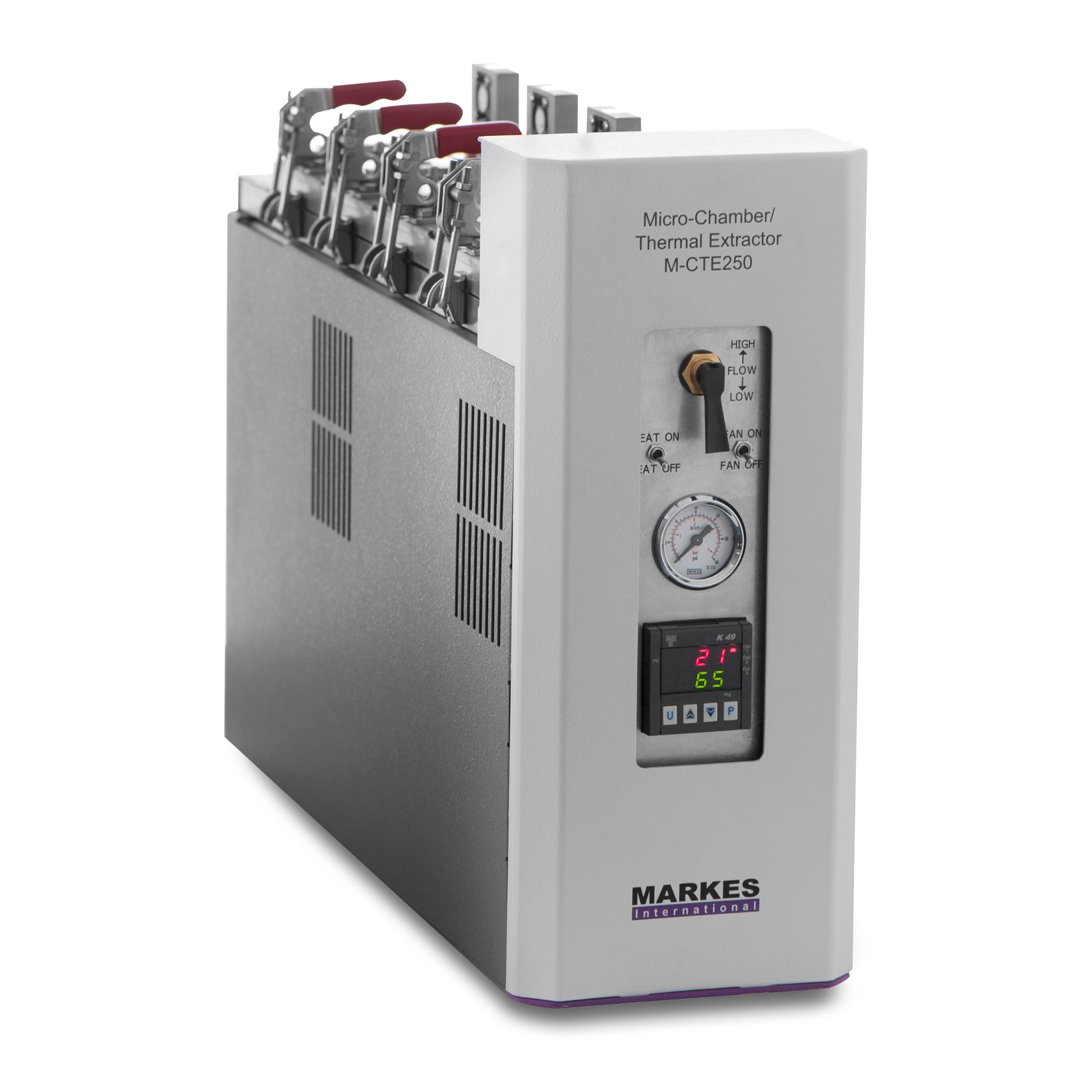
Micro-Chamber/Thermal Extractor
Fast and flexible sampling of chemical and odours released from materials and food
Find out more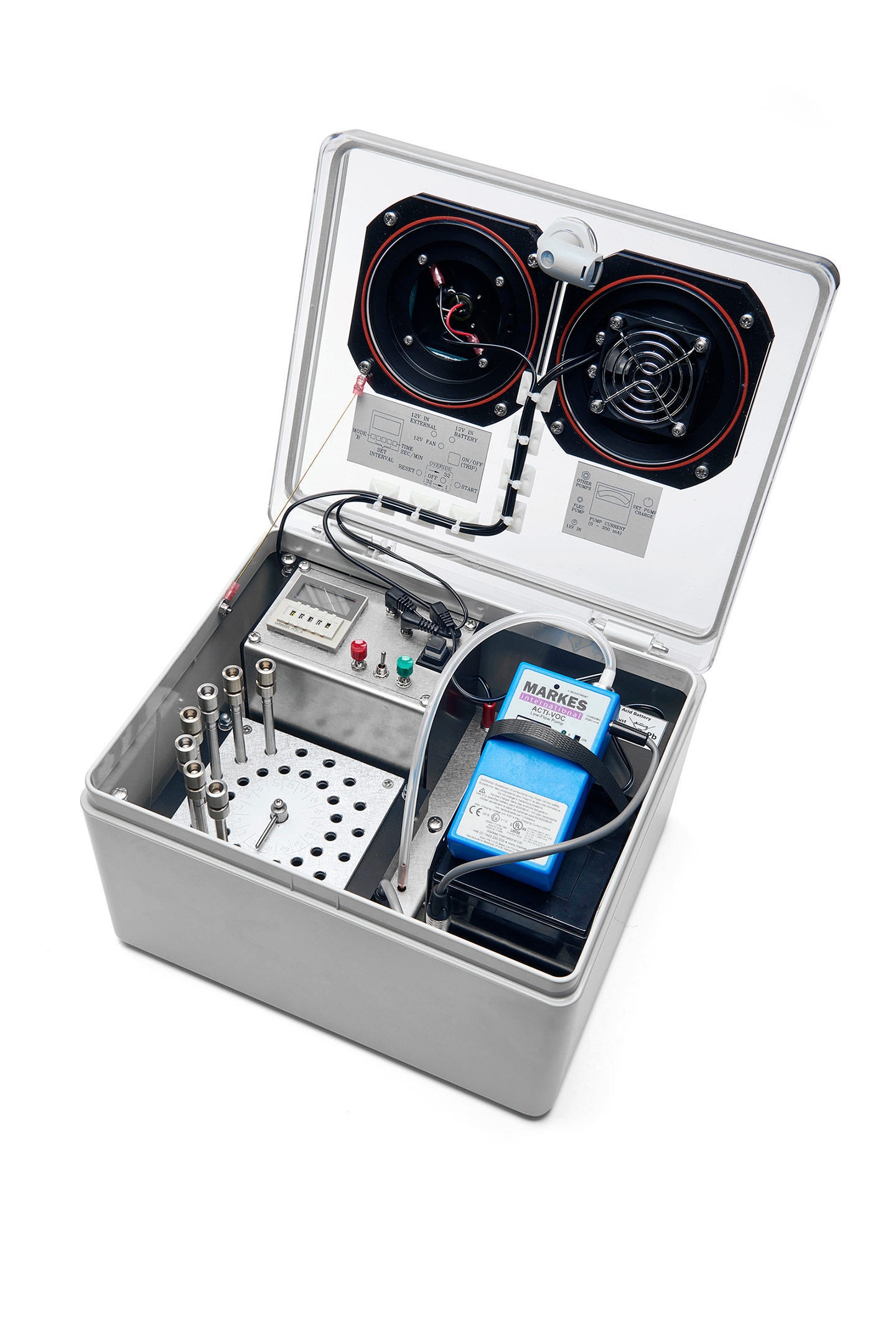
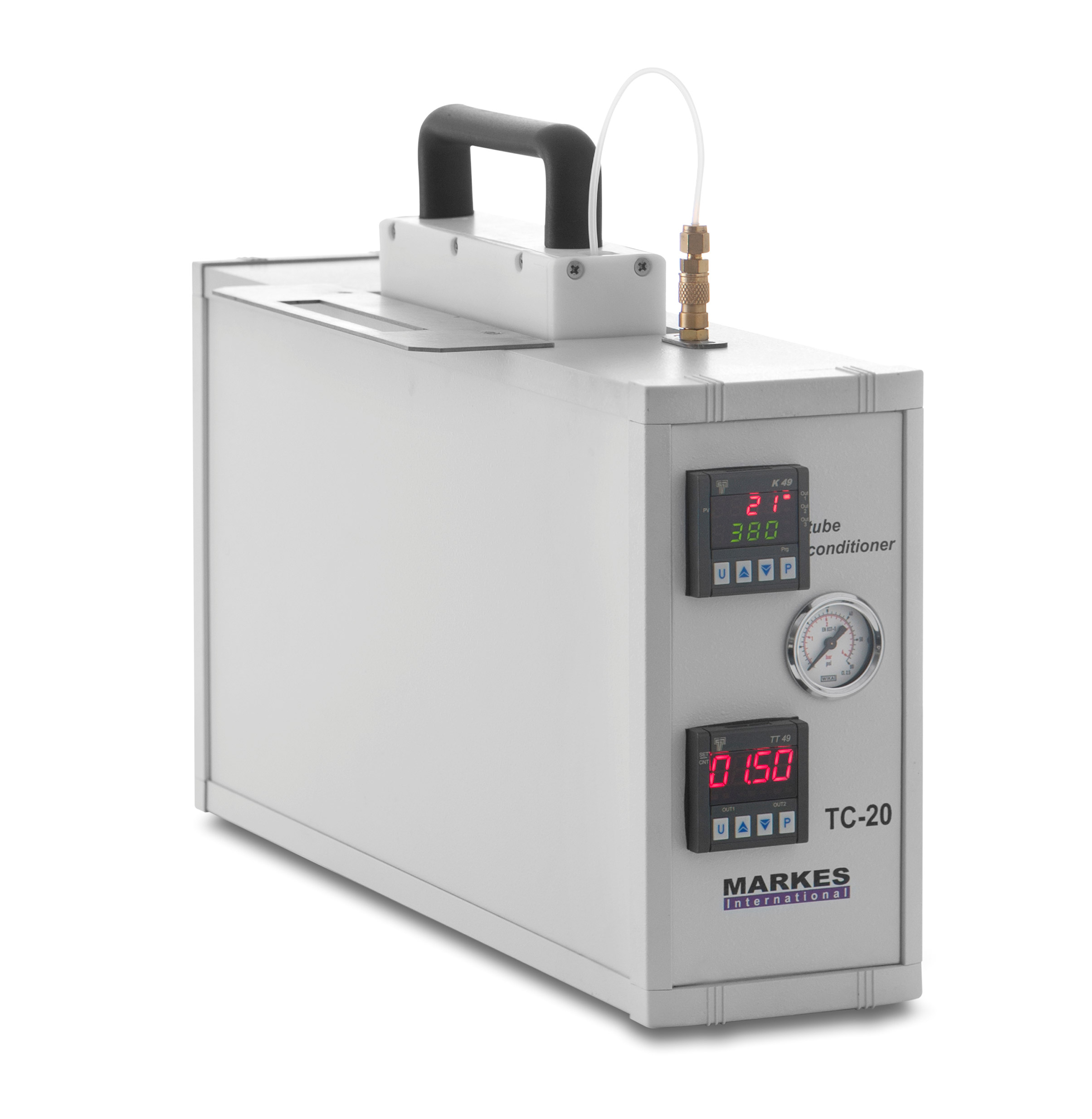
Overview of thermal desorption
Thermal desorption (TD) arose out of the need to improve upon conventional sample preparation techniques such as solvent extraction, solid-phase microextraction, purge-and-trap and static headspace. It gives greater sensitivity than these techniques and can be used for a wider range of compound classes ranging in volatility from C2 to n-C44 hydrocarbons. TD is also applicable to a wide range of sample types – solids (using dynamic headspace, headspace sorptive extraction or direct desorption), liquids (using immersive sorptive extraction) and gases (using pumped sampling, passive sampling, on-line sampling or canisters). It is safer and more environmentally friendly than solvent extraction, is easily automated, easy to validate and complies with key standard methods.
What is thermal desorption?
TD is a versatile preconcentration and injection technique for gas chromatography, which is often used to automate analysis of volatile and semi-volatile organic compounds in air, gas and materials. Modern sorbent technology and sophisticated TD instrumentation can be optimised to capture the widest range of analytes for both target and untargeted analysis whilst ensuring selective purging of interferences such as solvents and water from the analytical system. The adsorbent trapping and thermal desorption process can handle wide dynamic and analyte ranges, allowing for the detection of ultra-volatiles to semi-volatiles in concentrations ranging from part-per-trillion (ppt) to low-percent levels. TD also greatly improves sample throughput and is easily automated and validated, saving time and manpower.
The majority of TD applications use sorbent tubes and a two-stage desorption process to focus the analytes into a narrow, capillary GC-compatible band of gas, and so achieve the maximum concentration enhancement and sensitivity.
The process consists of three steps:
- Sample collection: Up to several hundred litres of vapour is sampled off-line onto a sorbent tube.
- Tube desorption: The sample is heated in a flow of carrier gas and the analytes swept onto an electrically-cooled focusing trap.
- Trap desorption: At the end of tube desorption, the focusing trap heats rapidly in a reverse flow of carrier gas transferring or injecting the analytes into the GC column as a narrow band. Analytes are transferred to the GC in just a few hundred micro-litres of carrier gas providing pre-concentration factors of several orders of magnitude.
Alternatively, volumes of whole air or gas, collected in canisters, bags, or from on-line air/gas streams can be introduced directly to the electrically cooled focusing trap for concentration and desorption/transfer into the GC column.
Sample materials can also be weighed directly into empty TD sample tubes or liners for selective extraction/desorption of retained volatiles in a dynamic headspace process.

